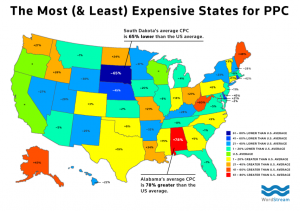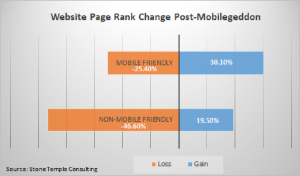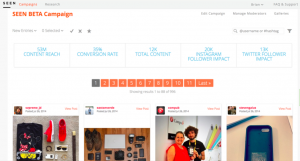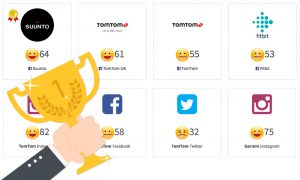Buzz Off: Marketers Are Tired Of Terms Like ‘Cookieless,’ But Not Their Import

Email teams trapped in their siloes might not be so aware of the larger issues facing brands — but they probably have firsthand experience with a couple of them, judging by Mediaocean’s H1 2022 Market Report, a study released on Wednesday.
Take the buzzwords that aggravate many people. The most overused verbiage in advertising is as follows:
- Transparency — 24%
- Cookieless/privacy safe — 21%
- Future-proof — 17%
- Algorithm — 12%
- Brand purpose — 11%
- First-party/second-party/third-party/zero-party — 11%
- Lumascape — 1%
- Other — 4%
On the surface, this seems to show that significant numbers of marketers are not much interested in transparency or cookie-less privacy.
But the more serious part of the survey shows that they are indeed trying “cookieless” identity solutions and trust them as follows:
- Somewhat confident — 50%
- Not confident — 23%
- Confident — 11%
- No idea what’s going on — 11%
- Worried/rather concerned — 5%
“Our survey found 60% of marketers are confident in the viability of cookieless solutions, which is close to what we saw in Q4 2021,” says John Nardone, president at Mediaocean. “It’s encouraging to see that our respondents maintain a positive outlook moving into the second half of the year.”
Then there’s this finding on the marketing technology respondents think will be most effective for their advertising this year. It includes first-party data:
- Measurement improvements centered on non-cookie methods (e.g. panels, media-mix modeling, federated learning methods, better use of first-party data — 26%
- Improvements in integrated media planning and execution — 22%
- Improved ad opportunities in emerging channels (e.g. immersive games, influencer economy, TikTok, VR/AR — 16%
- Artificial intelligence (AI) and machine learning (ML) — 13%
- Contextual targeting improvements — 10%
- Converged TV measurement planning — 7%
- Better infrastructure/processes for first-party data management
On another front, here are their biggest concerns going forward:
- Decline in ability to measure campaign effectiveness on tech platforms and open web — 24%
- Talent retention/access to expertise — 22%
- Lack of preparedness for cookieless future — 16%
- Consumer ad avoidance/ad blindness — 15%
- Poor ability to manage reach and frequency across CTV and digital channels — 13%
- Loss of access to third-party data — 9%
- Other — 2%
First- and zero-party data may sound like hype terms to some, but they have real meaning in a time when privacy laws like GDPR and CCPA are restricting how personal data may be used.
It’s the brand’s job to send personalized messages based on first- and zero-party data, and to not use the third-party variety that will be increasingly off-limits.
As for channels (other than email), brands are increasing their spend on connected TV (60%), digital display (70%) and social (72%).
Nardone concludes: “It’s encouraging to see that our respondents maintain a positive outlook moving into the second half of the year.”
(18)










